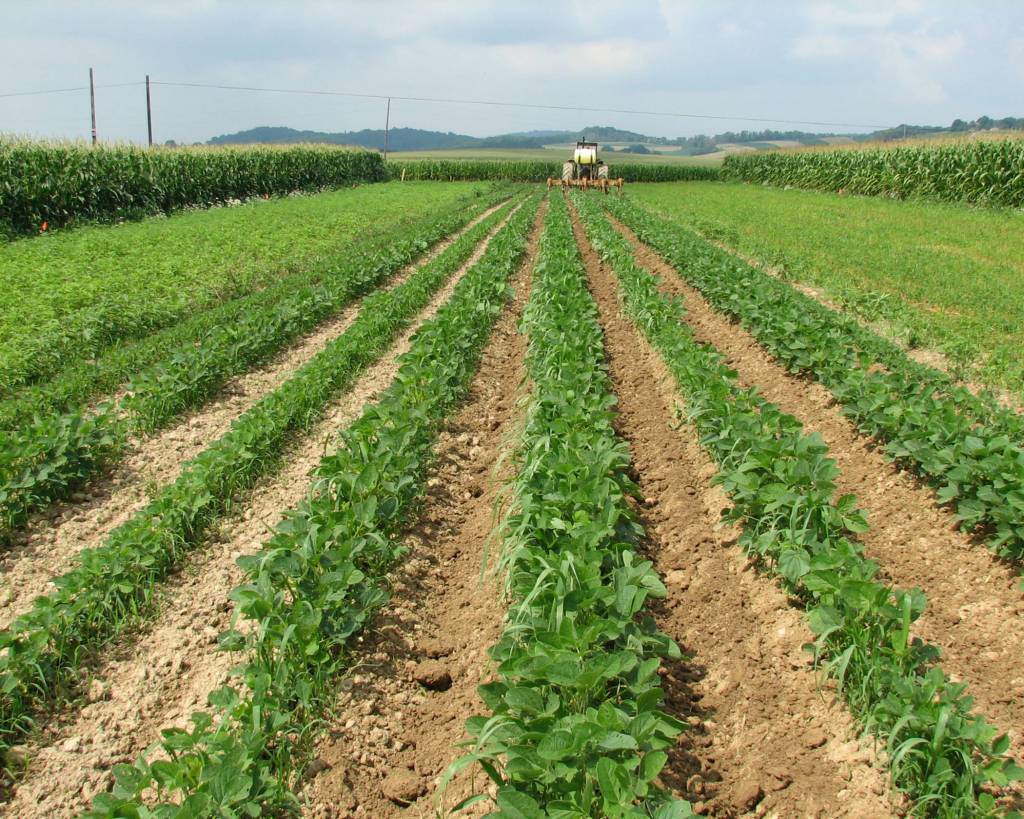Crop rotation is a farming practice that involves planting different crops in the same field over several seasons. This technique helps to maintain soil health, increase yield, and control pests and diseases. Crop rotation has been used for centuries by farmers around the world and is still relevant today.
One of the primary benefits of crop rotation is improved soil health. Different crops require varying amounts of nutrients from the soil. When farmers plant the same crop repeatedly, they deplete specific nutrients from the soil, leading to decreased yields over time. Crop rotation allows farmers to replenish these nutrients by alternating between crops with different nutrient requirements.
Another benefit of crop rotation is pest control. Pests and diseases can build up in fields when one crop is grown repeatedly. By rotating crops, pests are less likely to survive because their food source changes regularly. Some crops also naturally repel certain pests or attract beneficial insects that can help control pests.
Crop rotation also helps prevent erosion and improve water retention in soils. Deep-rooted plants can break up compacted soils, allowing water to penetrate more efficiently while preventing runoff during heavy rainfall events.
There are several types of crop rotations that farmers can use depending on their goals and resources available. One common approach is a three-year cycle where corn or other cereal grains are followed by legumes like soybeans or peas which fix nitrogen back into soils depleted after cereal grain production year-round; then small grains such as wheat or rye prepping land ahead for another corn cycle next year.
In conclusion, Crop Rotation is an essential practice for any farmer looking to improve their yields while maintaining healthy soil conditions long term plus reducing disease pressure on plants grown in successive years without disrupting natural balance within ecosystems surrounding farmland areas through sustainable agricultural practices!


Leave a comment